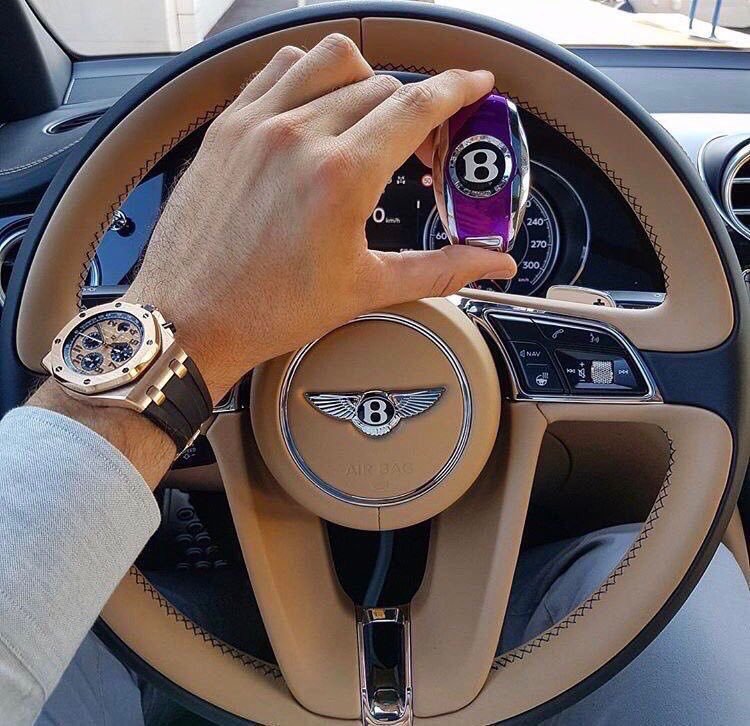The demand for luxury goods is growing faster than overall income. As a result, luxury goods are making up an increasing proportion of total consumer spending. This trend is expected to continue. By 2030, the global population will spend a third of its GDP on luxury goods. The next step is to improve the quality of the goods available to consumers.
While luxury has long been associated with high-end goods and high-end brands, more people are considering the effects it has on people and the environment. Luxury brands are addressing the growing concern for sustainability. Many millennials and Gen Z consumers have begun to evaluate luxury brands based on their environmental footprint. By focusing on sustainability and working within their means, luxury brands are better able to satisfy consumer demands and promote a more sustainable future.
For example, luxury brands such as Balenciaga are less showy than they were a decade ago. The brand’s woven leather logo allows consumers to identify the handbags without glaring advertisements. The Hakkasan Group, known for its nightlife experiences, also focuses on a more attainable level of luxury. It’s easy to see why young shoppers prefer these brands over traditional, expensive department stores.
Today’s affluent consumer is spending more money on luxury goods than ever before. While they’re still using their luxury purchases to express who they are, the definition of luxury is changing. For many people, luxury has become more about a high-end experience and less about comfort and quality. However, it has also evolved to include coveted brands and hard-to-get products.



